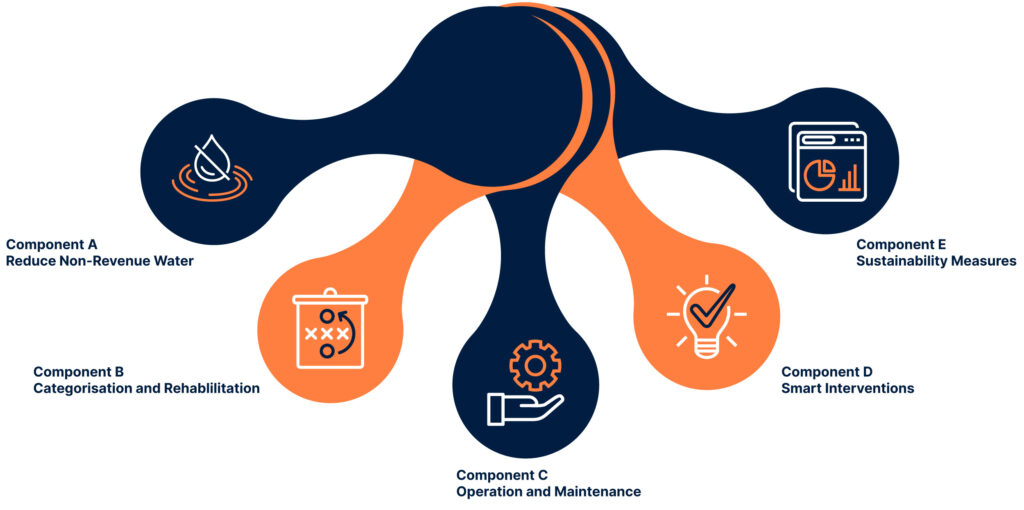World Water Day 2023
SMEC
launches
‘Smart
Water
Village’
concept
to
optimise
water
management,
Uttar
Pradesh













